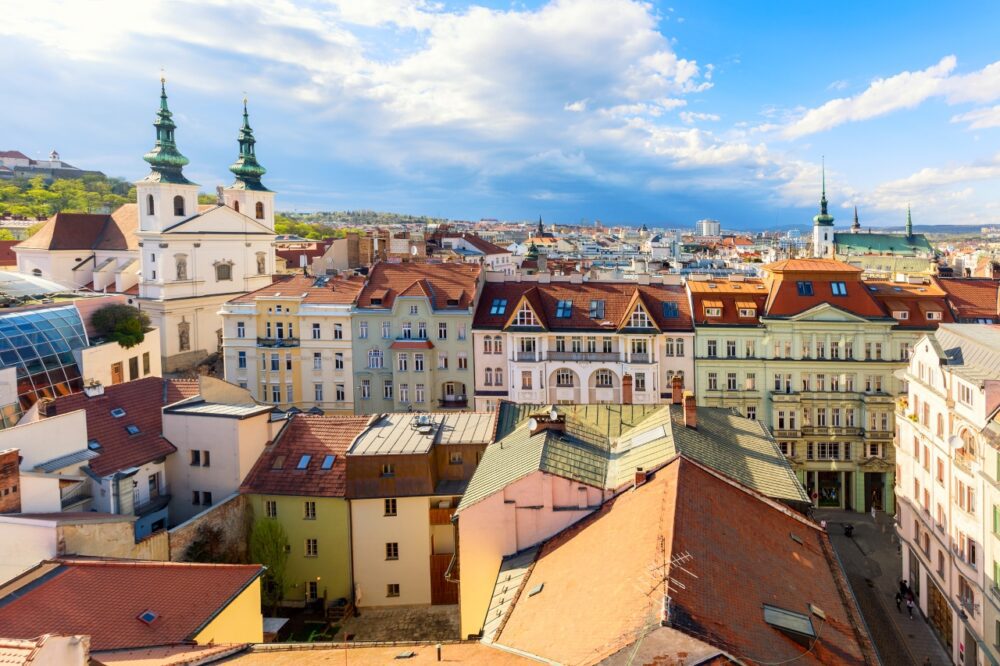
Is Brno worth visiting? Without hesitation, yes! The first time I visited Brno, I was struck by its laid-back charm and vibrant atmosphere. This Czech city may not have the global fame of Prague, but that’s part of its appeal. Whether I was wandering through the medieval streets of the Old Town or enjoying a pint of local beer in one of its quirky pubs, Brno felt refreshingly authentic and full of surprises.
Located in the southeastern region of the Czech Republic, Brno is a city with a fascinating blend of history, innovation, and culture. It’s home to striking modernist architecture, like the iconic Villa Tugendhat, alongside centuries-old landmarks such as Špilberk Castle. With its lively café scene, buzzing nightlife, and excellent food, Brno offers a slice of Czech life without the crowds. Add in the city’s student energy and friendly vibe, and it’s clear why Brno is a hidden gem worth exploring. But is Brno worth visiting for you?
In this blog post, we’ll uncover the top 10 reasons why Brno should be on your travel list, from its unique attractions to practical travel tips. Keep reading, and you might just discover your next favourite European city.
Table of Contents
Pros – Reasons You Should Visit Brno
1. A Beautiful but Underrated Alternative to Prague
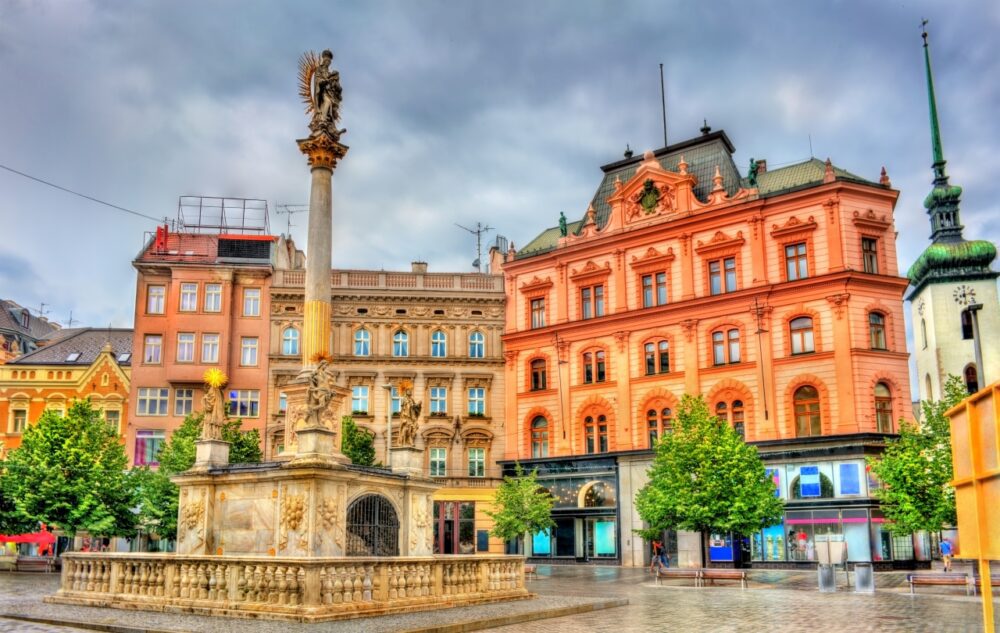
Brno is often overshadowed by Prague, but that’s exactly what makes it such a great destination. It has all the charm of the Czech capital—historic architecture, lively cafés, and great beer—but without the overwhelming crowds and tourist traps. The city offers a more relaxed and authentic Czech experience while still being full of history and culture.
I arrived in Brno expecting a smaller, quieter version of Prague, but I was pleasantly surprised by how vibrant it felt. The city’s grand squares, medieval churches, and charming cobbled streets made it just as picturesque, but walking around was far more enjoyable without having to push through massive crowds. If you love Prague but want to experience a more laid-back Czech city, Brno is the perfect choice.
2. Stunning Architecture Blending Gothic, Baroque, and Modernist Styles
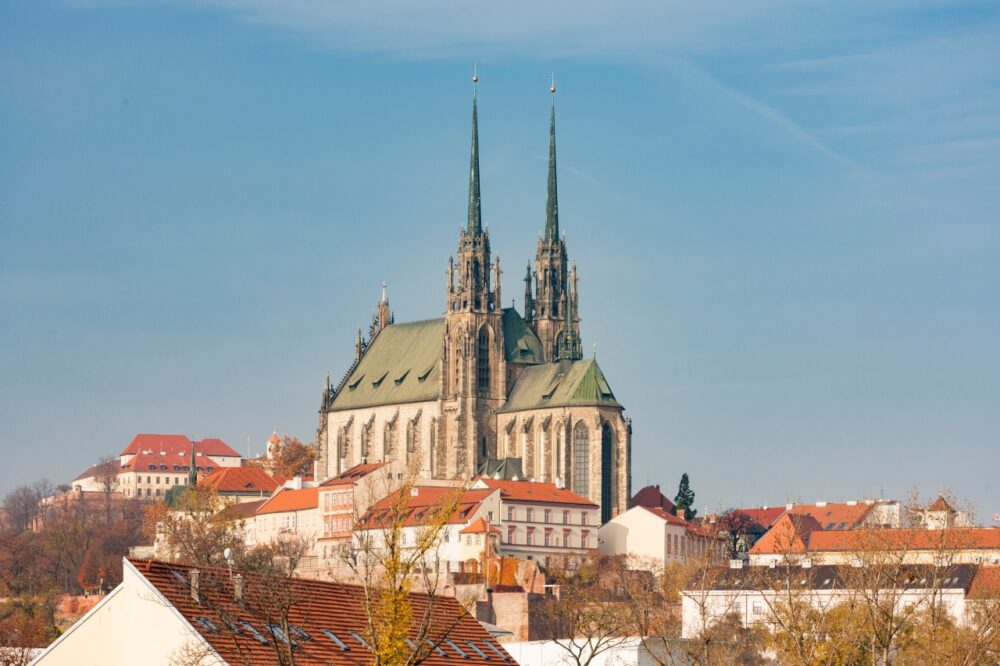
Brno’s architecture is a fascinating mix of styles, from medieval castles and ornate Baroque churches to striking examples of functionalist and modernist design. The city’s skyline is dominated by landmarks like the Cathedral of St. Peter and Paul, while its streets are filled with beautifully preserved historical buildings.
I spent an afternoon wandering through the Old Town, admiring the grand façades of buildings like the Reduta Theatre and the House of the Lords of Lipá. But the real architectural highlight for me was Villa Tugendhat, a UNESCO-listed modernist masterpiece. Walking through its sleek, minimalist interiors and massive glass windows felt like stepping into a different era. Brno’s architectural diversity makes it a dream for history and design lovers alike.
3. A Thriving Café and Coffee Culture
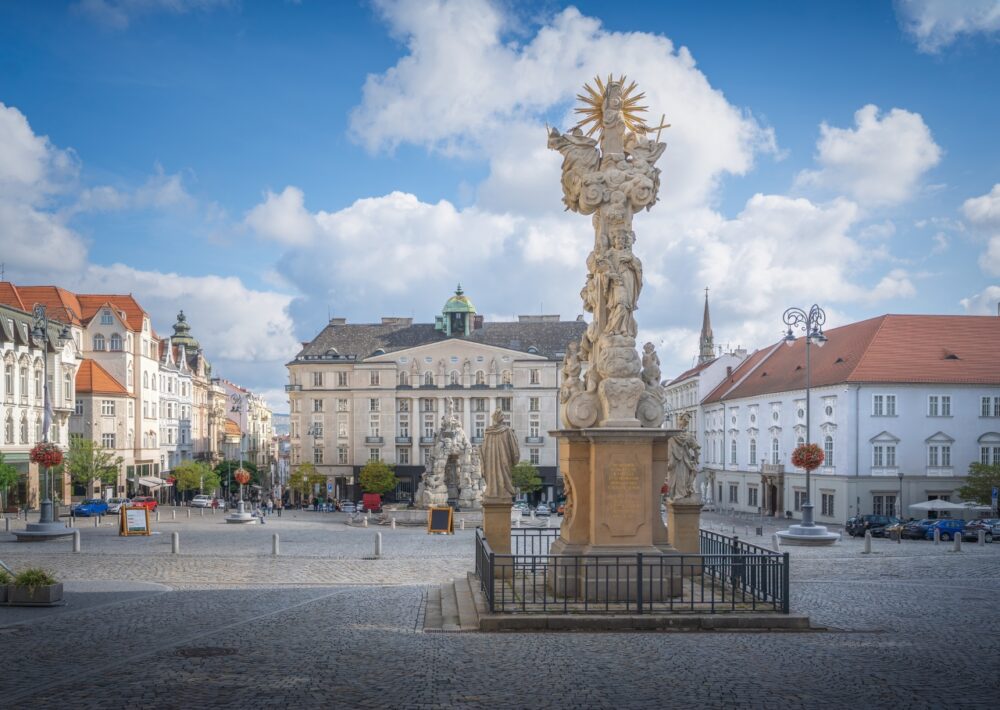
Brno is one of the best cities in Central Europe for coffee lovers, with an incredible café scene that rivals even the most famous coffee capitals. From cozy, vintage-style coffeehouses to modern specialty cafés, there’s no shortage of great places to grab a cup of expertly brewed coffee.
I stopped at a café called SKØG Urban Hub, which had a stylish, Scandinavian-inspired interior and some of the best espresso I’ve ever had. Later, I visited Punkt., a minimalist spot where the baristas were passionate about every detail of the coffee-making process. Unlike in Prague, where some cafés feel more tourist-focused, Brno’s coffee culture feels genuinely local, with places filled with students, freelancers, and friendly baristas who take their craft seriously.
4. The Legendary Brno Underground and Its Hidden Catacombs
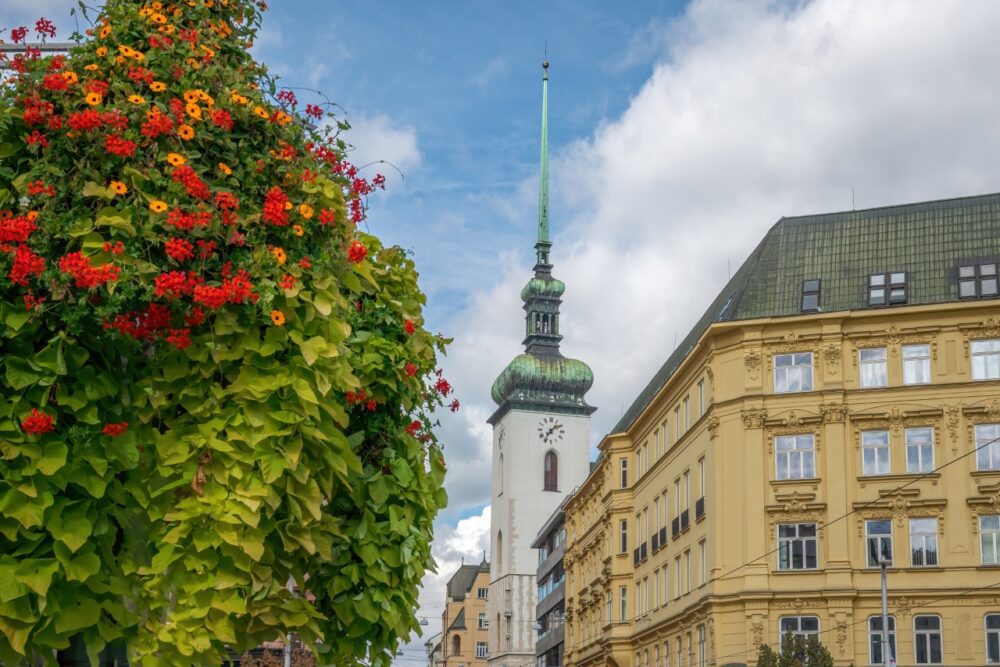
Brno has a fascinating underground world beneath its historic streets, including secret tunnels, medieval cellars, and eerie crypts that offer a completely different perspective of the city’s history. These underground spaces have been used for everything from beer storage to plague burials, making them both intriguing and slightly creepy.
I took a tour of the Brno Ossuary, the second-largest in Europe, where thousands of human bones are arranged in hauntingly beautiful patterns. The damp air and dim lighting added to the mysterious atmosphere, making it one of the most unique historical sites I’ve ever visited. The 10-Z Nuclear Bunker, built during the Cold War, was another fascinating stop, giving a glimpse into what life might have been like during a nuclear attack. If you enjoy history with a bit of a dark twist, Brno’s underground attractions are a must-see.
5. A City with a Young, Creative Energy
Brno has a large student population thanks to its many universities, which gives the city a youthful and creative energy. The streets are filled with trendy bars, independent art galleries, and lively events that make it feel dynamic and full of life.
I stumbled upon an open-air film screening in a small park, where locals gathered with blankets and bottles of wine to watch classic Czech films. Later, I found myself in an underground music venue listening to an up-and-coming local band. Whether you’re into live music, contemporary art, or experimental theatre, Brno’s cultural scene is always buzzing with something interesting.
6. Spilberk Castle Offers Incredible Views and a Dark History
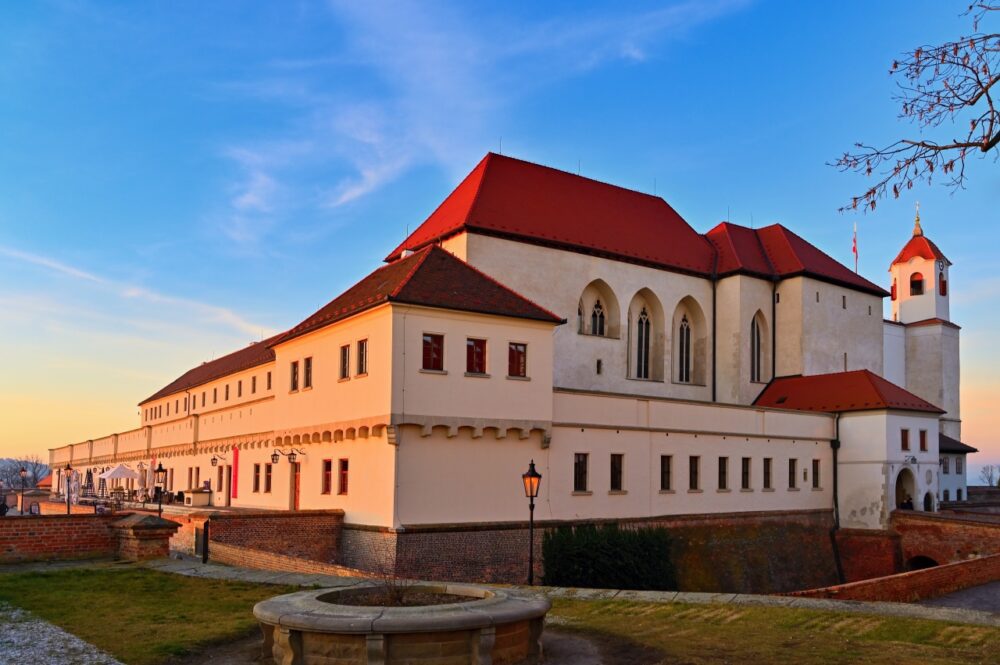
Perched on a hill overlooking the city, Spilberk Castle is one of Brno’s most important historical landmarks. Originally built in the 13th century, it later became a notorious prison where political dissidents and revolutionaries were held in grim conditions. Today, it’s a museum that tells the story of Brno’s past while offering some of the best panoramic views of the city.
Walking through the underground prison corridors was a sobering experience, with heavy iron doors and dimly lit cells that made it easy to imagine what life was like for prisoners. But after exploring the castle’s darker history, I climbed to the top and was rewarded with breathtaking views of Brno’s red rooftops and church spires. If you enjoy history and scenic viewpoints, Spilberk Castle is a must-visit.
7. Excellent and Affordable Czech Beer
Brno is a paradise for beer lovers, with a long brewing tradition and some of the best (and most affordable) Czech beer you’ll find anywhere. The city has a fantastic mix of classic pubs, craft breweries, and trendy beer bars, making it the perfect place to explore Czech beer culture.
I tried a flight of local craft beers at Pivovar Starobrno, one of the city’s oldest breweries, and was impressed by the rich flavors and smooth textures. Later, I visited a small beer bar called Ochutnávková Pivnice, which had an incredible selection of rotating taps featuring Czech and international craft brews. Unlike in Prague, where some beer spots can feel touristy, Brno’s pubs and breweries have a much more authentic, local feel.
8. The Astronomical Clock That Confuses Everyone
Brno’s Astronomical Clock in the main square is unlike any other in Europe. Instead of a traditional clock with moving figures, this sleek, black, bullet-shaped monument releases a small glass marble every day at 11 a.m.—but catching it is a challenge, and understanding how the clock works is even harder.
I stood among a group of tourists and locals, all trying to figure out where the marble would drop, and the confusion quickly turned into laughter. While it may not be as majestic as Prague’s famous astronomical clock, Brno’s version is delightfully quirky and adds a bit of humor to the city’s landmarks.
9. A Food Scene That Goes Beyond Czech Cuisine
While traditional Czech food is delicious, Brno’s food scene is surprisingly diverse, offering everything from international cuisine to modern takes on local dishes. The city is home to fantastic vegan and vegetarian options, creative street food, and high-end dining experiences.
I had an amazing modern Czech meal at Pavillon, where classic dishes were reimagined with fresh, local ingredients and elegant presentation. I also found a great Vietnamese restaurant and a cozy Italian trattoria, proving that Brno’s food scene is far from one-dimensional. Whether you’re craving traditional Czech dumplings or something more exotic, you’ll find plenty of options in Brno.
10. It’s an Easy and Affordable City to Visit
Brno is one of the most affordable cities in Central Europe, making it a great option for travelers looking to experience the Czech Republic without the high costs of Prague. Accommodation, food, and entertainment are all reasonably priced, allowing you to enjoy the city without worrying about overspending.
I stayed in a comfortable boutique hotel for a fraction of what I would have paid in Prague, and meals at quality restaurants were incredibly budget-friendly. The city is also well-connected by train and bus, making it easy to visit from Prague, Vienna, or Bratislava. If you’re looking for a beautiful, exciting, and affordable destination in Central Europe, Brno is a fantastic choice.
Cons – Things You Should Consider When Visiting Brno
1. Brno’s Weather Can Be Unpredictable and Gloomy in Winter
Brno experiences a temperate climate, which means summers can be warm and pleasant, but winters can be long, gray, and sometimes quite cold. From November to March, cloudy skies and occasional snow make the city feel a bit dreary, and the shorter daylight hours can limit how much time you want to spend outside.
I visited Brno in late November, expecting crisp autumn air, but instead, I was met with damp, overcast days that made the city feel less vibrant. While there were still plenty of indoor attractions to enjoy, walking around in the cold and occasional drizzle wasn’t ideal. If you prefer milder weather and more sunshine, visiting in late spring or early autumn is a better choice.
2. Limited English Spoken Outside Tourist Areas
While English is commonly spoken in tourist-friendly places like hotels, museums, and major restaurants, it’s not as widely understood in smaller shops, local pubs, or among older residents. Unlike in Prague, where many people speak at least some English, Brno can feel a bit more challenging for travelers who don’t speak Czech.
I stopped at a small family-run bakery to grab a snack, and neither the staff nor the menu had any English translations. I ended up pointing at a pastry and hoping for the best, which worked out fine, but ordering more complicated meals or asking for directions can sometimes be tricky. While the younger population and university students often speak English well, learning a few basic Czech phrases or using a translation app can be helpful when exploring less touristy areas.
3. Public Transport is Reliable but Not Always the Most Convenient
Brno has a decent public transport system with trams and buses connecting most parts of the city, but for visitors unfamiliar with Czech transport, navigating it can be slightly confusing. Ticket machines don’t always have English instructions, and the system isn’t as intuitive as in larger cities like Prague or Vienna.
On my first day, I bought a tram ticket but didn’t realize I needed to validate it once I got on board. A ticket inspector later explained (thankfully without issuing a fine), but it was a small mistake that could have been avoided with clearer instructions. Additionally, while transport runs frequently during the day, late-night options are more limited, which can be inconvenient if you’re out in the evening. If you’re staying in the city center, walking is usually the best way to get around, but if you plan to use public transport, it’s worth looking up how the system works in advance.
4. The Nightlife is Fun but Can Feel Student-Centric
Brno has a lively nightlife scene, thanks to its large student population, but this also means that many of the bars and clubs cater to younger crowds. While this makes for a fun and energetic atmosphere, some visitors may find the nightlife a bit too student-focused, with budget-friendly beer, loud clubs, and packed venues during the academic year.
I went out on a Friday night and found that many bars were filled with university students, making it feel more like a college town than a major European city. While there are some more upscale cocktail bars and quieter spots for those looking for a relaxed drink, Brno’s nightlife is definitely geared toward younger crowds. If you’re looking for a more sophisticated or varied nightlife experience, you may need to seek out specific venues rather than just wandering into any bar.
5. Brno Lacks the Iconic Landmarks of Other Central European Cities
While Brno has plenty of historical and cultural attractions, it lacks the world-famous landmarks that draw visitors to cities like Prague, Vienna, or Budapest. It’s a fantastic place to explore, but if you’re expecting grand palaces, enormous cathedrals, or instantly recognizable monuments, you might feel that Brno’s sights are a bit more understated.
I enjoyed exploring places like Spilberk Castle and the Cathedral of St. Peter and Paul, but none of Brno’s landmarks had the same wow factor as Prague’s Charles Bridge or Vienna’s Schönbrunn Palace. This isn’t necessarily a bad thing—Brno’s charm lies in its authenticity and relaxed atmosphere—but travelers looking for major must-see attractions might find the city less impressive. If you enjoy discovering hidden gems rather than ticking off famous sights, Brno is a great choice, but if you’re after iconic European landmarks, other cities may be more appealing.
When to Visit Brno
The best times to visit Brno are spring (April to June) and early autumn (September to October), when the weather is mild, and the city’s parks and vineyards are at their most picturesque. During these months, Brno is lively without the high-season crowds, and you can enjoy events like Ignis Brunensis, a popular international fireworks festival held in early summer. Summer (July and August) brings warmer temperatures and an array of cultural events, though locals often leave for holidays, giving the city a more relaxed feel. December is also charming, with Christmas markets in full swing and seasonal treats, making it a festive, cosy time to visit.
How to Get to Brno
Brno’s Václav Havel Airport (BRQ) is relatively small, with limited international flights, primarily from European cities on airlines like Ryanair. A more convenient option is Vienna International Airport (VIE), just two hours away by train, or Prague’s Václav Havel Airport (PRG), about 2.5 hours away by train or bus. From Vienna or Prague, regular direct trains and buses offer scenic, hassle-free journeys into Brno. If you’re travelling within the Czech Republic, Brno is well connected by both train and bus from cities like Prague and Ostrava.
Where to Stay in Brno
Brno has a range of neighbourhoods that offer options for every traveller:
- Luxury: Old Town (Střed) – Right in the heart of Brno, near Freedom Square and Špilberk Castle. Top choices include Barceló Brno Palace and Hotel Grandezza, both offering upscale amenities and historic charm.
- Mid-range: Veveří – Known for its artsy, student-friendly vibe and proximity to the centre. Hotel Continental and Hotel Slavia offer comfort and style at moderate prices, with easy access to cafes, galleries, and nightlife.
- Budget: Královo Pole – A bit outside the city centre but easily accessible by tram, this area offers good-value stays like Hostel Mitte and 10-Z Bunker Hostel, which provide budget-friendly accommodation with character.
Getting Around Brno
Brno is compact, and much of the Old Town can be explored on foot, with key sights like Špilberk Castle, Cathedral of St. Peter and Paul, and Freedom Square all close by. For longer distances, Brno’s DPMB public transport system of trams, buses, and trolleybuses is efficient and affordable, with single tickets and day passes that work across all forms of transport. Brno also has a shared bike scheme, Rekola, which allows for a scenic ride around the city’s green spaces and along the Svratka River. For a unique way to see the area, try a boat trip on Brno Lake, offering views of the countryside and Veveří Castle.
How Long to Spend in Brno
Two to three days in Brno is ideal, giving you time to explore its historic centre, visit Špilberk Castle and the Cathedral of St. Peter and Paul, and enjoy the local cafes and wine bars. With an extra day, you can visit Moravian Karst for its incredible cave systems and underground river, or Villa Tugendhat, a UNESCO-listed modernist masterpiece. Brno also makes a great base for day trips into the South Moravian wine region, so consider staying longer if you’d like to explore vineyards and taste the region’s celebrated wines.
Conclusion
So, is Brno worth visiting? Absolutely! With its rich history, vibrant cultural scene, and authentic Czech charm, Brno offers a more relaxed and intimate experience than its more famous neighbour, Prague. Highlights like Villa Tugendhat, Špilberk Castle, and the city’s lively nightlife make it a destination worth exploring. While it may lack some of the grandeur of larger cities, its friendly atmosphere and hidden treasures more than make up for it. If you’re ready to uncover one of the Czech Republic’s best-kept secrets, start planning your trip to Brno today—you’ll be glad you did!
